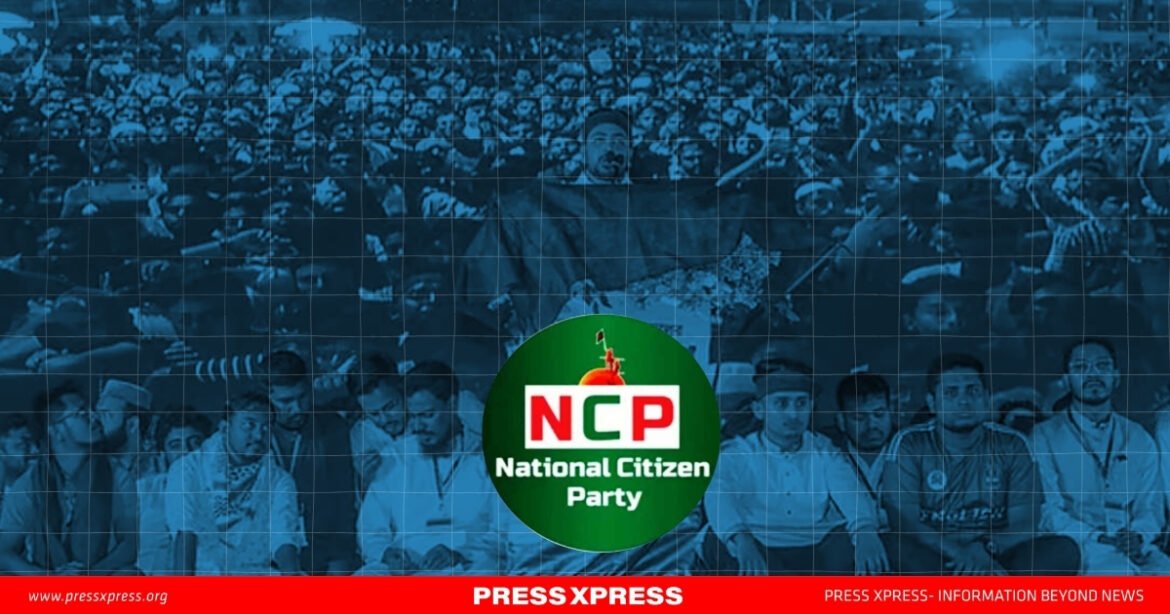Bangladesh’s political history is rooted in ideological resilience, generational continuity, and institutional
discipline. From the language movement of 1952 to the Liberation War of 1971, political parties like the
Awami League (AL), Bangladesh Nationalist Party (BNP), and Jatiya Party have carried not only electoral
mandates but also historical responsibilities.
For decades, these legacy parties shaped national identity, constitutional development, and democratic
behavior. They maintained a chain of command built on seniority, regional representation, and ideological
cohesion. Political behavior seven when fiercely conteste drespected a shared constitutional framework, and a reverence for the Bengali language and nationalism held the ecosystem together.
The Political Balance Before August 5, 2024
Despite differences, Awami League, BNP, and Jatiya Party operated within the same nation-building
narrative. The AL spearheaded economic reforms, infrastructure, and regional diplomacy. The BNP embodied nationalists conservatism, while Jatiya Party provided centrist stability in times of flux. Together, they anchored the political spectrum with checks, balances, and historical depth.
But on August 5, 2024, this system was jolted by the arrival of the National Consensus Party (NCP)a political formation with no organic evolution, no ideological lineage, and no institutional chain of command
NCPs Entry: From Disruption to Disintegration
Formed under opaque circumstances and backed by judicial activism and foreign lobbying, NCP broke the harmony of Bangladesh’s political DNA. With no central doctrine, no internal democracy, and no youth wing grounded in national identity, the NCP has detached itself from both history and accountability. Their one-leader command model bypasses traditional consultative politics. National policy is neither debated nor ratified through institutions. Senior political figures across party lines have expressed concern. In October 2024, former BNP secretary general Mirza Fakhrul Islam Alamgir warned: We are now operating without a compass, while someone else drives the car.
Risk to Students and the Nation
The biggest victims of this political vacuum are Bangladesh’s youth. Hundreds of thousands of students, many politically active and idealistic, are now exposed to a rudderless narrative. NCPs mobilization often uses youth as tools not thinkers fueling ideological confusion and detachment from the Liberation War ethos. In the absence of institutional clarity or a national education reform agenda, young people risk becoming part of a generation that no longer connects to the constitution, the 1952 language martyrs, or the parliamentary spirit of 1972.
Conclusion: A Call for Political Restoration
Bangladesh was not built in ideological ambiguity. The constitution, the flag, and the political discourse were all born from struggle, unity, and vision. The arrival of NCP has not brought consensus it has brought rupture. Unless legacy parties reclaim their rightful space, rebuild alliances, and reinforce the chain of command, the country risks sinking into long-term democratic fragmentation.
The soul of Bangladesh’s political identity cannot be auctioned to political experiments with no roots and no roadmap.
References:
- The Constitution of Bangladesh (1972)
- Banglapedia: History of Political Parties
- The Daily Star Editorial, August 2024
- Statement by Mirza Fakhrul Islam Alamgir, BNP, October 2024
- Bangladesh Election Commission Report, November 2024


